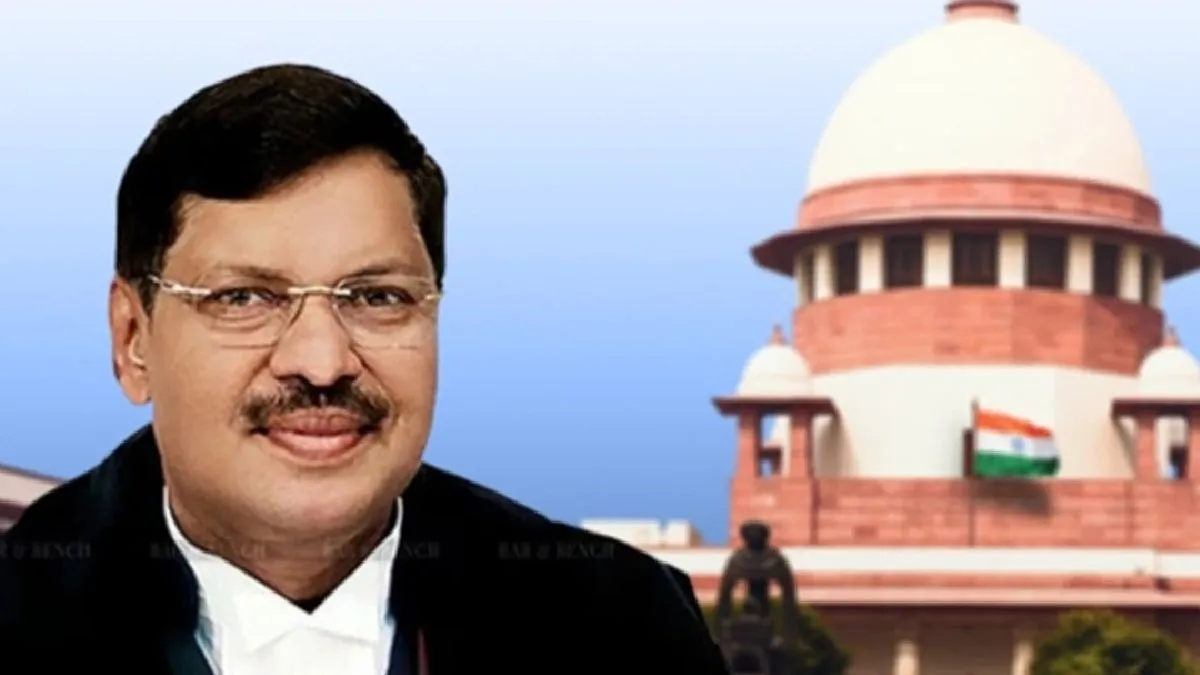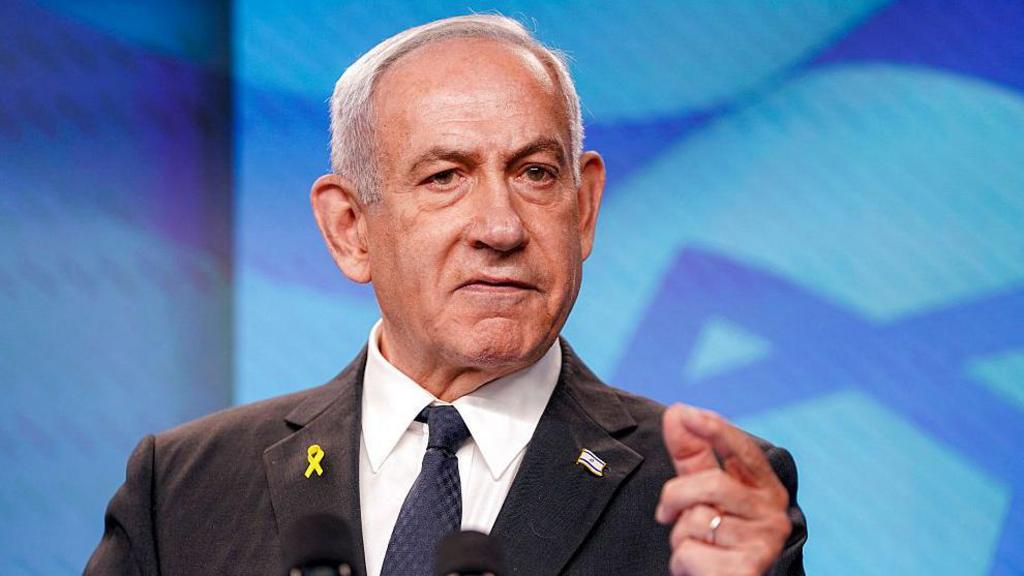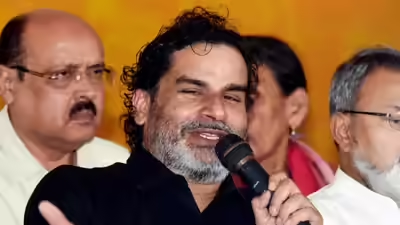Now Reading: When a Lawyer Hurls a Shoe at India’s Chief Justice: What It Reveals About Courtroom Tensions
-
01
When a Lawyer Hurls a Shoe at India’s Chief Justice: What It Reveals About Courtroom Tensions
When a Lawyer Hurls a Shoe at India’s Chief Justice: What It Reveals About Courtroom Tensions

In a rare and shocking turn, a 71-year-old lawyer attempted to throw a shoe at Chief Justice of India B. R. Gavai inside the Supreme Court. The act, reportedly fueled by religious sentiments and courtroom remarks, has reignited debates about judicial conduct, respect for institutions, and how courtroom speech may provoke reactions across India — including in small and mid-sized cities where trust in institutions already runs thin.
What Exactly Happened
During a hearing in Court No. 1, the lawyer — later identified as Rakesh Kishore — suddenly removed his footwear and endeavoured to hurl it toward the Chief Justice. He shouted slogans like “Sanatan ka apman nahi sahenge” and later claimed that he was provoked by the CJI’s comment in an earlier hearing about a Vishnu idol case. Though the shoe missed its target, the courtroom was shaken and order had to be restored.
The Provocation and the Reaction
The incident appeared linked to remarks made by Justice Gavai during a case concerning the restoration of a Vishnu idol in Khajuraho. In that hearing, the bench had questioned the plaintiff’s intent and asked him to “ask the deity itself to do something,” prompting some backlash. The lawyer later said he “couldn’t sleep” over those remarks and felt morally compelled to act.
Legal communities across states have condemned the attack. Bar associations in Karnataka and Telangana staged protests, calling for swift action. Many members of the legal fraternity emphasized that no one has the right to resort to physical violence — even in courts.
A Former Judge Speaks Up
Reacting to the incident, former Supreme Court judge Markandey Katju offered a pointed critique: judges sometimes speak at length in court, making provocative remarks that may escalate tensions. He urged restraint, saying a judge’s role is primarily to listen and then decide, rather than engage in extended commentary. This has reignited a deeper conversation about judicial style and courtroom decorum.
Implications for Judicial Authority
This attempt on the CJI is more than just a dramatic act — it unsettles the dignity of India’s highest judiciary. When someone tries physical aggression inside the Supreme Court, it raises questions on security, judicial respect, and how institutions handle impulse and dissent. In smaller cities, where faith in courts may already be precarious, such events risk feeding cynicism about justice being distant or arbitrary.
What Needs to Be Addressed
First, courts and judges must walk a fine line between explanation and provocation. Judicial opinions carry weight; words should be measured. Second, court security protocols ought to be reexamined. The fact that a person with Bar credentials gained proximity is a red flag. Third, swift accountability is key. Whether it’s suspension, contempt of court, or criminal proceedings, action signals that no one can overstep in sacred spaces.
Conclusion
This disturbing episode underscores how fragile the respect for institutions can be, especially when people feel offended by what they see as insensitivity. In India’s towns and cities alike, when courts speak — they must also listen. And when someone breaks rules, the remedy must be consistent and unambiguous. The balance between expression and order, especially inside hallowed halls, can’t be ignored.

























